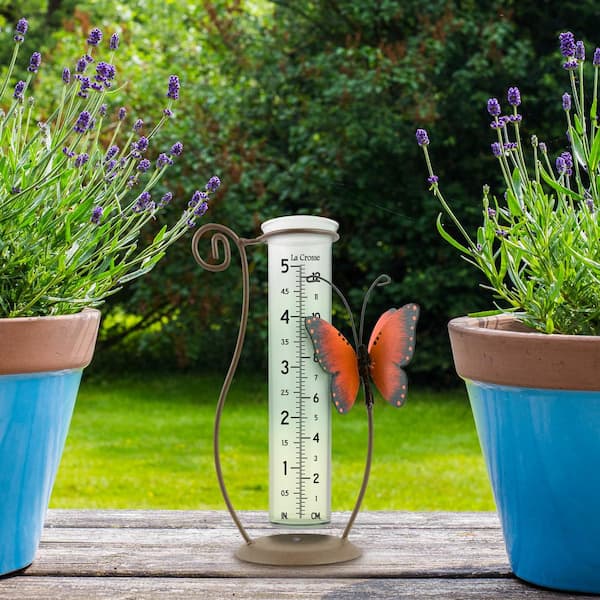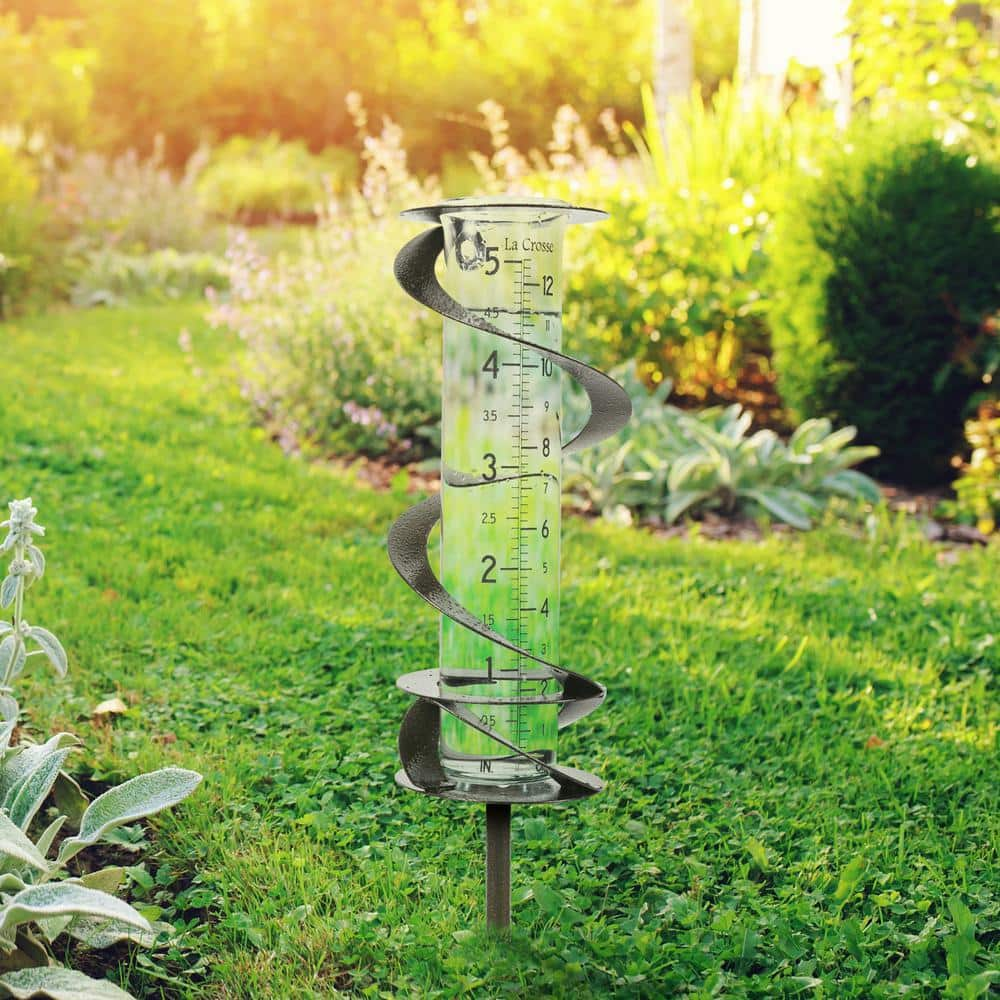Your Go-To Source on The Rain Gauge: Advantages and Practical Applications
Your Go-To Source on The Rain Gauge: Advantages and Practical Applications
Blog Article
DIY Rainfall Gauge: Basic Steps to Make Your Own
Are you curious about tracking rainfall in your location? Producing your very own DIY rainfall gauge is a reliable and basic way to determine and record rainfall. With simply a few usual materials and some fundamental actions, you can easily create your own rain scale at home. In this guide, we will certainly offer you with a detailed process to assist you develop your own rain scale. No need for any type of specialized expertise or equipment - this job can be finished by anyone. By complying with these straightforward instructions, you will have a reliable tool to determine rains and contribute to your understanding of the local weather condition patterns. Let's get started on making your DIY rainfall scale today!
Gather Materials
To start constructing your DIY rain gauge, gather all the required products making use of a thorough checklist of things. Having the right products on hand will certainly ensure the effective production of your rainfall scale and permit for precise dimensions of rainfall. You will certainly need a clear plastic container or cylinder, such as a plastic bottle or container. See to it the container is clear to ensure that you can easily see the water level inside. Next off, you will certainly call for a leader or determining tape to mark the increments on the container. This will certainly allow you to determine the amount of rainfall properly. In addition, you will need an irreversible pen or water resistant tape to mark the dimensions on the container. This will certainly make sure that the markings remain visible also when subjected to rain. You will require a durable base or stake to firmly hold your rain scale in location. This can be a wood or metal risk that can be placed into the ground or a strong flat surface area to offer security. Gathering these products in advance will certainly enhance the construction procedure and guarantee that you have every little thing you need to develop your own do it yourself rain scale.
Prepare the Container

Mark the Dimension Increments
To precisely measure the quantity of rainfall, accurately noting the measurement increments on your DIY rainfall gauge is important. Without clear and accurate markings, it would certainly be challenging to determine the precise quantity of rains collected in your rain scale. Right here are the actions to note the measurement increments on your rainfall gauge.
The most common systems for gauging rainfall are millimeters and inches. Once you have actually picked the unit, utilize an irreversible marker or water resistant paint to note click reference the increments on the side of your rain gauge.
When noting the increments, it is very important to make sure that they are equally spaced and clearly visible. Utilize a leader or measuring tape to make sure precision and uniformity. Additionally, make certain that the markings are immune to fading or rubbing off, as exposure to the aspects might create them to deteriorate gradually.
Area the Rainfall Scale Outdoors
The rain gauge must be positioned outdoors to properly collect rainfall data. The place picked for the rainfall gauge should be totally free and open from any type of blockages that can possibly influence the dimension of rains. It is important to discover an area that is not obstructed by trees, buildings, or other structures that might block the rain from reaching the gauge. This will make sure that the accumulated information is rep of the actual rains in the area.
Furthermore, it is essential to position the rain scale on a steady surface, such as a level ground or a sturdy blog post. This will certainly stop any type of movement or tilting of the scale, which can cause incorrect measurements. It is additionally a good idea to prevent placing the scale near any type of sources of artificial water, such as lawn sprinklers or drain systems, as this could conflict with the accuracy of the measurements.
Display and Record Rain Information
Regular monitoring and recording of rains data is necessary for exact data analysis and analysis. By keeping track of rains measurements, you can gain beneficial insights right into weather condition patterns, climate patterns, and water resource administration. To effectively check and tape-record rains data, it is necessary to establish a regular and preserve regular methods.
To start with, guarantee that your rainfall gauge is placed in an open location away from barriers such as trees or buildings that may block rainfall. Furthermore, see to it the rain scale is level and safely secured to avoid any kind of movement that might influence the accuracy of the measurements.

When videotaping the rains data, it is essential to note the date and time of each measurement. Utilize a leader or a gauging adhere to determine the rainfall depth in the rain gauge, and record this information precisely.
To guarantee the accuracy of the measurements, it is advised to clear the rainfall gauge after each recording. This will prevent any overflow or dissipation from influencing succeeding measurements.
Conclusion
Finally, developing a DIY rain gauge is a easy and practical way to check and tape rainfall information (The Rain Gauge). By complying with the actions detailed in her response this short article, you can conveniently gather products, prepare the container, mark the dimension increments, and put the rain scale outdoors. On a regular basis checking and taping rainfall information can provide beneficial information for numerous functions
Having the appropriate materials on hand will certainly guarantee the effective creation of your rainfall scale and allow for exact measurements of rainfall.To properly measure the quantity of rains, precisely noting the measurement increments on your DIY rainfall scale is vital.The rainfall gauge ought to be positioned outdoors to accurately gather rainfall information. The location selected for the rainfall gauge ought to be open and free from any kind of blockages that could potentially influence the dimension of rainfall.In final thought, developing a DIY rainfall gauge is a practical and easy method to check and record rainfall data.
Report this page